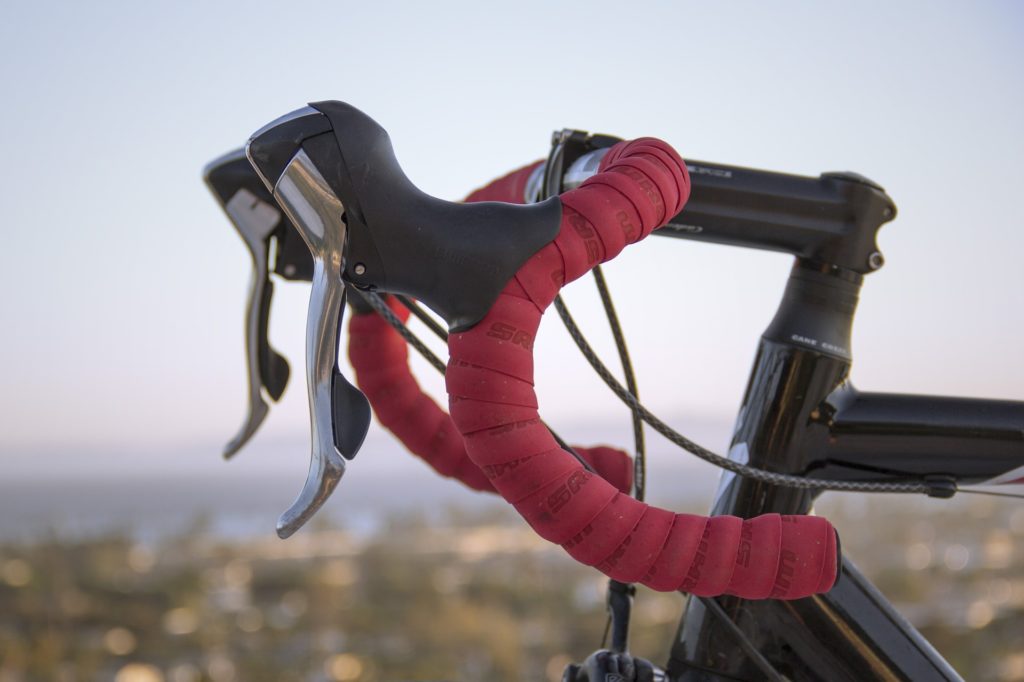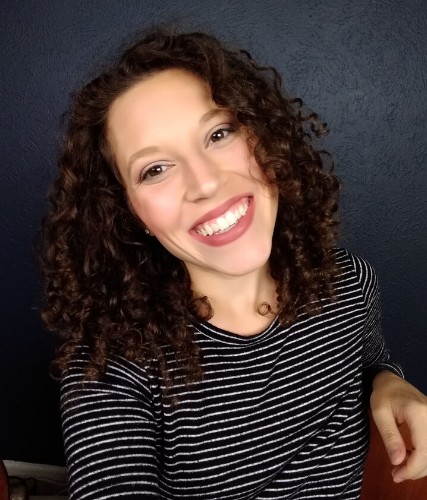Sponsored by
Getting Back on Your Bike After a Crash

Anyone who rides their bike long enough is bound to experience a crash. This may come while casually cruising along, out on a group training ride, or in the middle of a race. Regardless, when and where it occurs a crash can have both physical and mental impacts on a cyclist. Depending on the physical injuries that may have occurred and/or the way you mentally and emotionally process your experience, you may find it difficult to get back on your bike. Being afraid or anxious to return to riding after an accident is a completely normal response to a traumatic event. The anxiety and fear you feel is your brain’s way of trying to keep you safe, which is one of its primary jobs. We want to teach our brain how to acknowledge, accept, and process the accident while also regaining confidence that it is safe to ride again.
There are two types of situations you must address getting back on your bike. The first is if you are immediately getting back on the bike to finish your ride or race after crashing and the second is if you are returning after taking a break post-crash (regardless if that break is a few hours or months). First, immediately after the crash you need to do a check to see if you are physically and medically healthy. If any bones are broken or you hit your head, do not get back on your bike, call someone and go to the nearest hospital to be evaluated.
If your self-assessment determines that you are okay to proceed, take two to five minutes to let your adrenaline come down. Do this by sitting down, drinking some water, and trying a grounding exercise. My favorite grounding exercise to use is the 5, 4, 3, 2, 1 method. You name 5 specific things you see (e.g., 5 green things), 4 things you physically feel, 3 things you hear, 2 things you smell, and 1 thing you taste.
This exercise is most effective when you take a few moments to engage with each of the senses as you name them. For example, touching the things you can physically feel or close your eyes and listen for a few seconds to the sounds you have named. After you have brought your adrenaline down, do another physical check to see if any new pain has been unmasked by lowering your adrenaline, if not, then you can get back on your bike. Start back slowly and be mindful of keeping your body relaxed. Try using a calming word or phrase if you feel anxiety building. If at any point you feel pain or overwhelming fear then stop, get off your bike, and call someone to pick you up. It is better to not ride than to ride fearful and overly cautious..
If you are unable to get back on your bike immediately due to either injury or fear, give yourself some time to feel your feelings about the crash. Acknowledge that you are scared, disappointed, frustrated, or whatever it is that you are feeling. Give yourself some time to experience these feelings and then begin to get to work with a plan on how to get back on your bike.
ADVERTISEMENT

Here are a few of the most helpful things that you can incorporate when planning to get back to riding.
Assess What Caused The Crash
What was or wasn’t in your control? If there is something you can control to prevent a crash in the future like an equipment adjustment then take the necessary steps to remedy the problem.
Identify what is causing your fear. Are you fearful of group rides because a cyclist cut you off? Afraid to hit high speeds again? Doubting your ability as a cyclist? Once you identify what is causing your fear you can make a plan to gradually expose yourself to these situations. Examples of these could be practicing riding fast or turning in an empty parking lot.
Start With 5-10 Minutes Or On The Trainer
You don’t have to go from being scared to racing again or doing 4-hour group rides overnight. Start with getting back on the bike for just 5 or 10 minutes. If even the thought of 5 minutes outside feels overwhelming, then consider 5 minutes on the trainer.
Take a Break From Racing Or Group Rides
If you are anxious to get back in these environments take a break from racing and/or group rides. Choosing to ride solo or with a few friends that you are comfortable with can help ease your anxiety.
Ride Your Most Familiar Route
Familiarity can create a calm environment and give you confidence without much mental work. Pick the route that you know every pothole on and embrace the confidence you have from riding somewhere that provides you comfort.
Practice Imagery
Spend a few minutes each day visualizing yourself riding again with confidence. Visualize a situation similar to the one that led to your crash but see yourself not crashing. If you picture yourself crashing, stop and start over.
Rewrite Your Narrative
If your internal narrative has changed to something like, “don’t crash when you turn” try a different script. Phrases such as “stay relaxed” or “I’m awesome at turns” can help you rewrite your narrative.
Explore Your Why
Remember why you ride and what it does for you. Revisit your past experiences with cycling that have brought you joy.
Journal Or Talk With Someone
Bottling anxiety and fear and allowing it to swirl around in our brains just reinforces it. Writing in a journal, talking to a friend or mental health professional can help you find solutions to your anxiety.
Remember crashing your bike can be both a physically and mentally painful experience. Give yourself grace and time to heal and you might actually gain more confidence than you had pre-crash!

Haleigh Fisher is a Licensed Professional Counselor working with athletes to help them train and live happy by helping them develop mental skills and embrace their strengths. She is a former Division I cross country athlete turned trail runner and uses her experience as a competitive athlete and mental health clinician to connect with clients and help them unlock their potential. Haleigh describes herself as a joy seeker, a trail running adventurer, a celebrator of food, an artist, and a lover of people; thrift shopping; and cupcakes.









